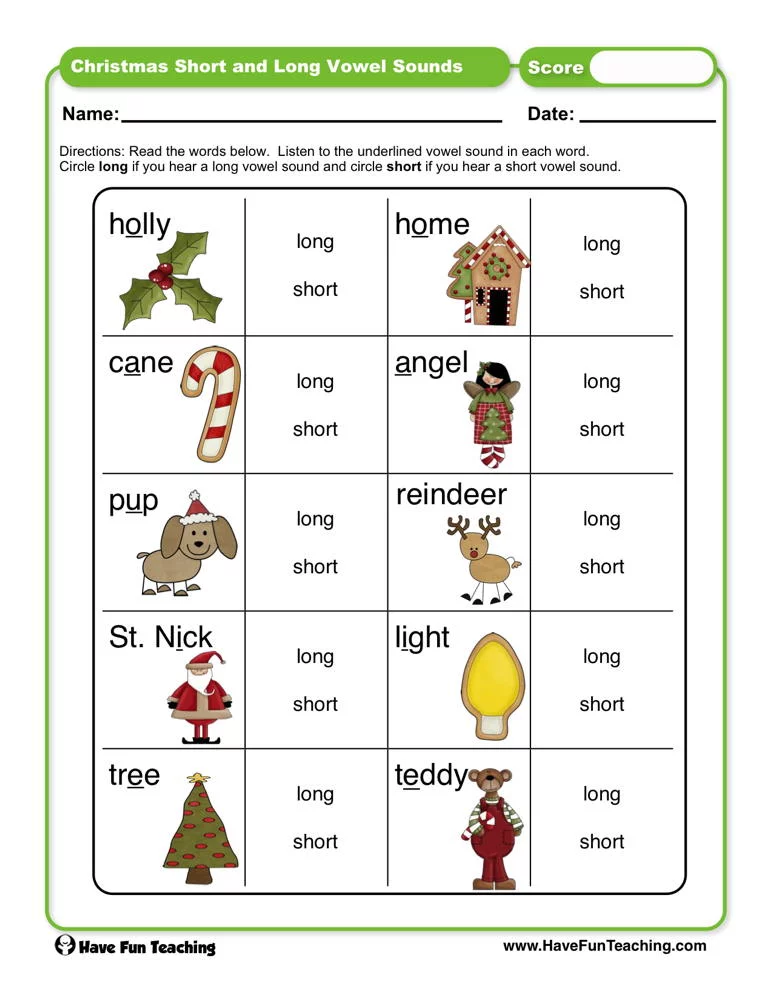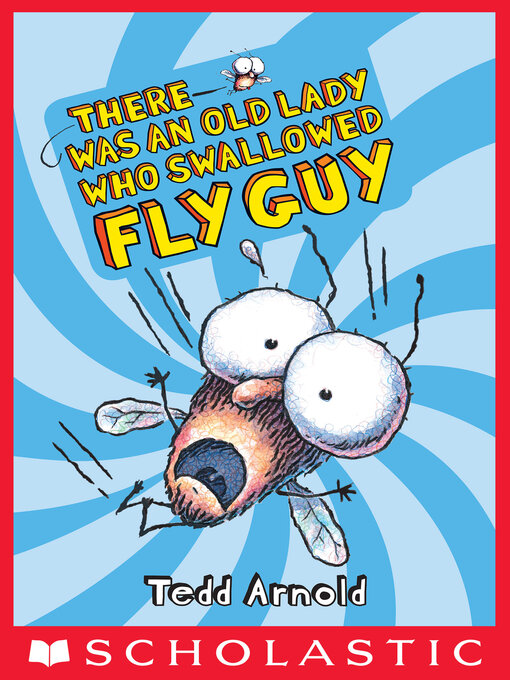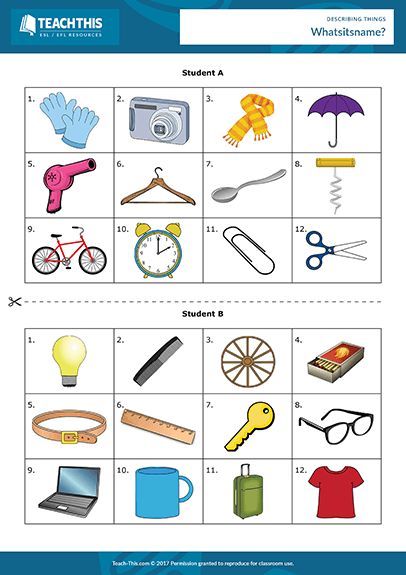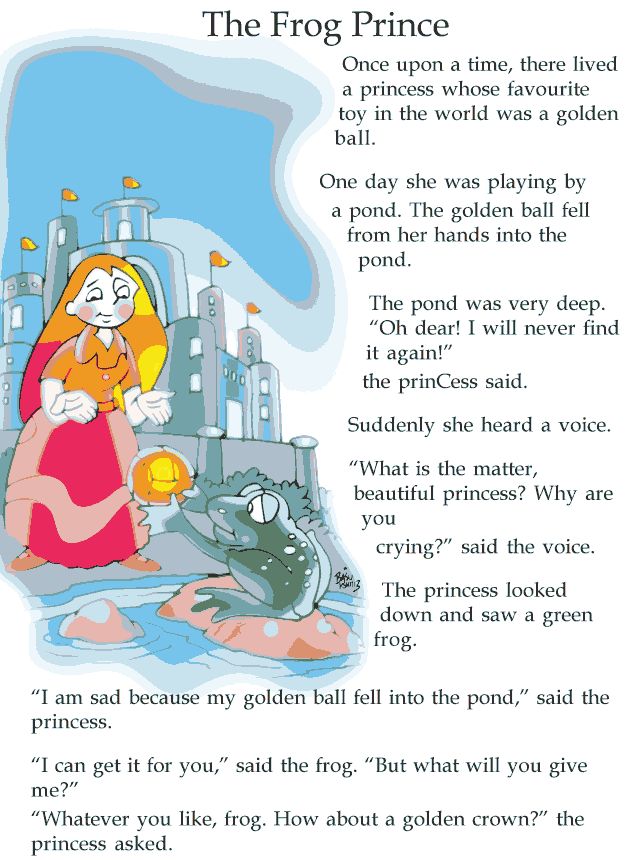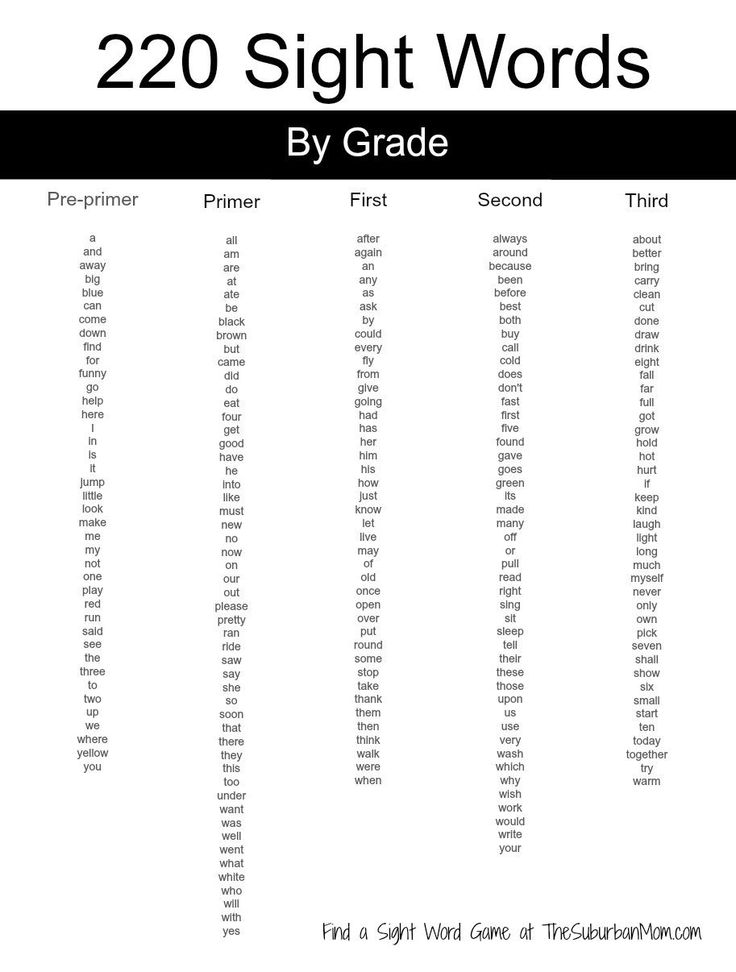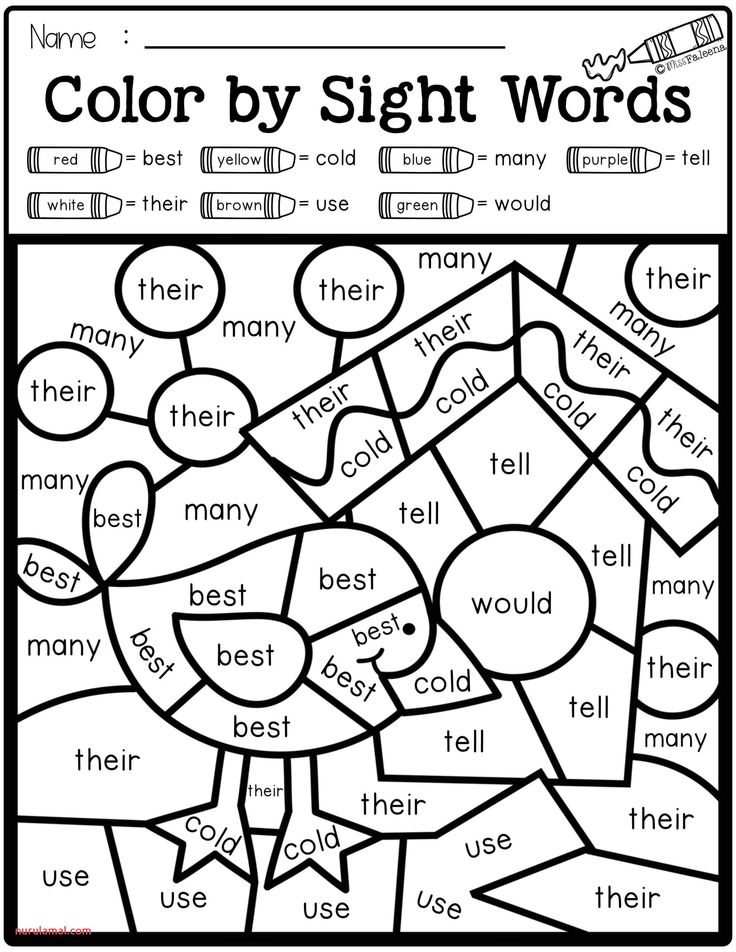Long and short vowels o
Short and Long O Vowel Sound Words List for Kids
Each vowel is pronounced in a unique way which gives rise to different types of sounds we hear while pronouncing a word. Today we’ll discuss about vowel ‘o’ and different sounds it produces when it is used in a word.
The following phonics extensive list introduces students to the more than 50 plus “short o” and “long o” sound words.
Short O Vowel Sound WordsFollowing is a list of phonics words with short o vowel sound:
| bog | bop | con | cod | cog | cot |
| cop | don | dog | dot | fog | god |
| got | hog | hot | jog | jot | lob |
| log | lot | lop | mob | mom | mop |
| nod | not | odd | pod | pop | pot |
| rod | rot | sod | Tom | tot | top |
While pronouncing the words given in table you must have observed that we don’t have to stress on the vowel ‘o’.
Now let’s have a look at long ‘o’ vowel words where you would have to stress the vowel ‘o’ so that it sounds distinct from the rest of the letters.
Long O Vowel Sound WordsFollowing is a list of phonics words with long o vowel sound:
| Oval | Total | Yoga | Hotel | Rose | Quote |
| Robe | Globe | Probe | Lobe | Adobe | Row |
| Coat | Note | Wrote | Boat | Goat | Float |
| Hope | Mope | Pope | Cope | Scope | Elope |
| Coal | Soap | Toast | Poach | Wardrobe | Envelope |
| Snow | Toe | Hollo | Doe | Swallow | Roe |
| Dough | Window | Though | Elbow | Although | Meadow |
Because we have to stress long for vowel ‘o’ that is why they are called Long ‘o’ vowel words.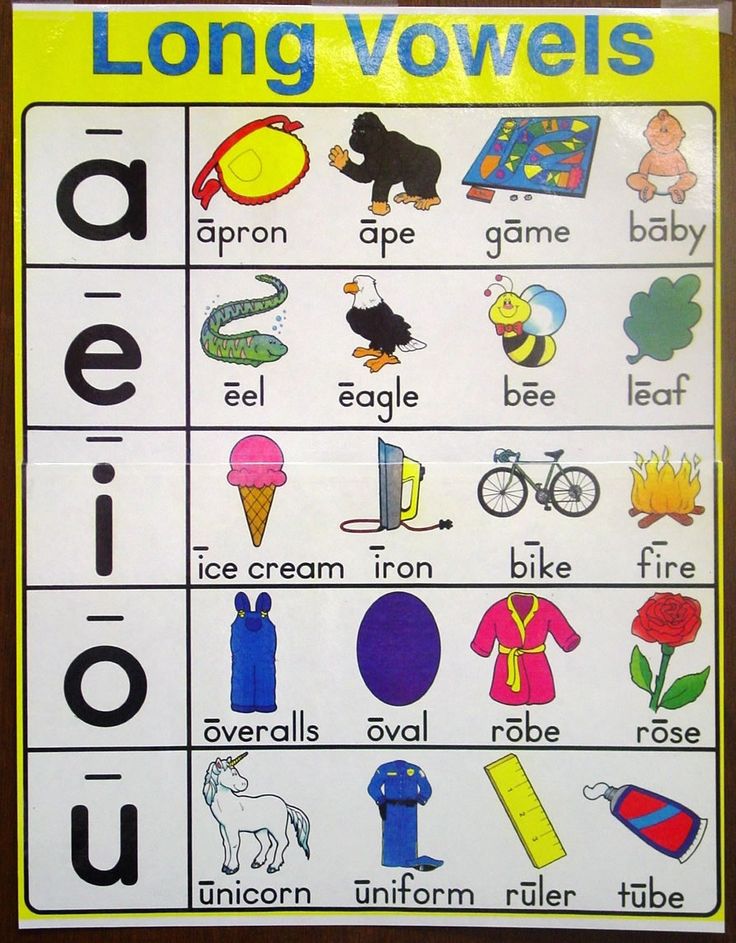
Let’s have a look at six ways of spelling the long /o/ sound with example words.
- Using Letter O: In these words the long /o/ sound is spelled with just the letter o.
| Oval | Total | Yoga | Hotel |
| No | Ago | Gecko | Program |
2. O_E Words: These words use split digraph O_E to spell long /o/ sound with an o in the middle of the word and an e at the end of the word. For Example:
| Cope | Hope | Rose | Quote |
| Quote | Close | Impose | Expose |
3. OA Words: These words use letters oa to spell the long /o/ sound.
| Coach | Bloat | Toast | Croak |
| Groan | Soap | Bloat | Poach |
4.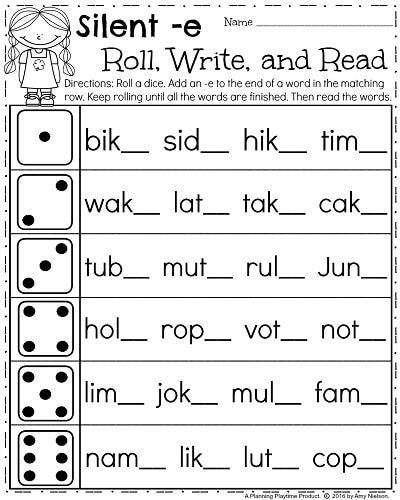 OW Words: These words spell the long /o/ sound with the letters ow which usually appears at the end of the word.
OW Words: These words spell the long /o/ sound with the letters ow which usually appears at the end of the word.
| Crow | Elbow | Sorrow | Hollow |
| Window | Swallow | Tomorrow | Snow |
5.OE Words: There words use letters oe at the end of the word to spell the long /o/ sound.
| Toe | Doe | Woe | Aloe |
6. OUGH Words: There words use letters ough to spell many sounds including the long /o/ sound/. Such as – dough, though, although.
We hope you have found this post useful for your child. Keep exploring EnglishBix to find more resources related to Elementary Grades.
Quick Links
Browse Long O/Short O Educational Resources
Entire LibraryPrintable WorksheetsGamesGuided LessonsLesson PlansHands-on ActivitiesInteractive StoriesOnline ExercisesPrintable WorkbooksScience ProjectsSong Videos
86 filtered results
86 filtered results
Long O/Short O
Sort byPopularityMost RecentTitleRelevance
-
Filter Results
- clear all filters
By Grade
- Preschool
- Kindergarten
- 1st grade
- 2nd grade
- 3rd grade
- 4th grade
- 5th grade
- 6th grade
- 7th grade
- 8th grade
By Subject
- Coding
- Fine arts
- Foreign language
- Math
Reading & Writing
- Leveled Books
- Reading
- Writing
Grammar
Phonics
Letter Sounds
- Beginning Sounds
- Middle Sounds
- Ending Sounds
- Stretching Words
Vowels
- Long A/Short A
- Long E/Short E
- Long I/Short I
Long O/Short O
- Long U/Short U
- Vowel Teams
- Short Vowels
- Long Vowels
- Silent E
- R-Controlled Vowels
- Consonants
- Silent Letters
- Decoding Words
- Rhyming Words
- Syllables
- Word Patterns
- Spelling
- Language and Vocabulary
- Grammar and Mechanics
- Science
- Social emotional
- Social studies
- Typing
By Topic
- Arts & crafts
- Holidays
- Offline games
By Standard
- Common Core
Sound Sorting
Workbook
Sound Sorting
Sort out the short vowel sounds with this comprehensive phonics packet! Beginning readers will review vowel families and practice differentiating between "short" vowels and "long" vowels.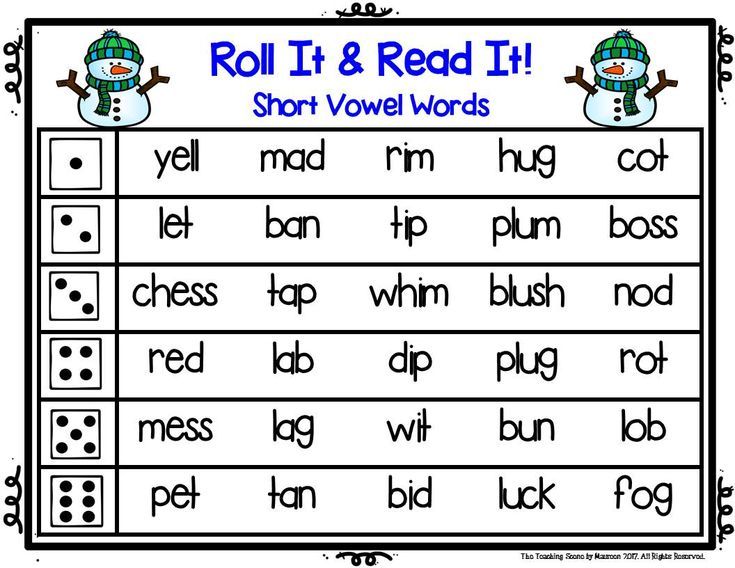
1st grade
Reading & Writing
Workbook
Short A 2
Guided Lesson
Short A 2
Having a strong understanding of short A words like bag, hand and bat can help first graders with reading fluency. This guided lesson helps to support first graders as they expand their comprehension of short A words. With targeted exercises and familiar examples, the lesson will take kids through the short A words they will most commonly come acrsoos in first grade texts.
1st grade
Reading & Writing
Guided Lesson
Short O 2
Guided Lesson
Short O 2
In first grade phonics, it's important to reinforce kids' understanding of short O words like dolphin, dog, sock and doll. By learning short vowels, kids can decode and decipher these sounds in words they don't already know. This guided lesson takes first graders through exercises and examples that will help them practice identifying short O sounds within a text.
1st grade
Reading & Writing
Guided Lesson
Spelling Long O
Worksheet
Spelling Long O
Give your second graders some practice with long vowel word families and spelling patterns with this colorful activity! Students will identify long O words based on picture clues, then determine the spelling pattern of each word.
2nd grade
Reading & Writing
Worksheet
Search Long O/Short O Educational Resources
All vowels are expressed with either a long or short sound. New students may struggle with which one to use in different circumstances. The eclectic worksheets, online games, hands-on activities, and other resources are there to support new readers as they build a solid understanding of the basics.
Each letter makes its own sound. However, you will have to teach students that that’s not always the case. While some words are phonetically irregular, some letters themselves make different sounds based on the letters around them.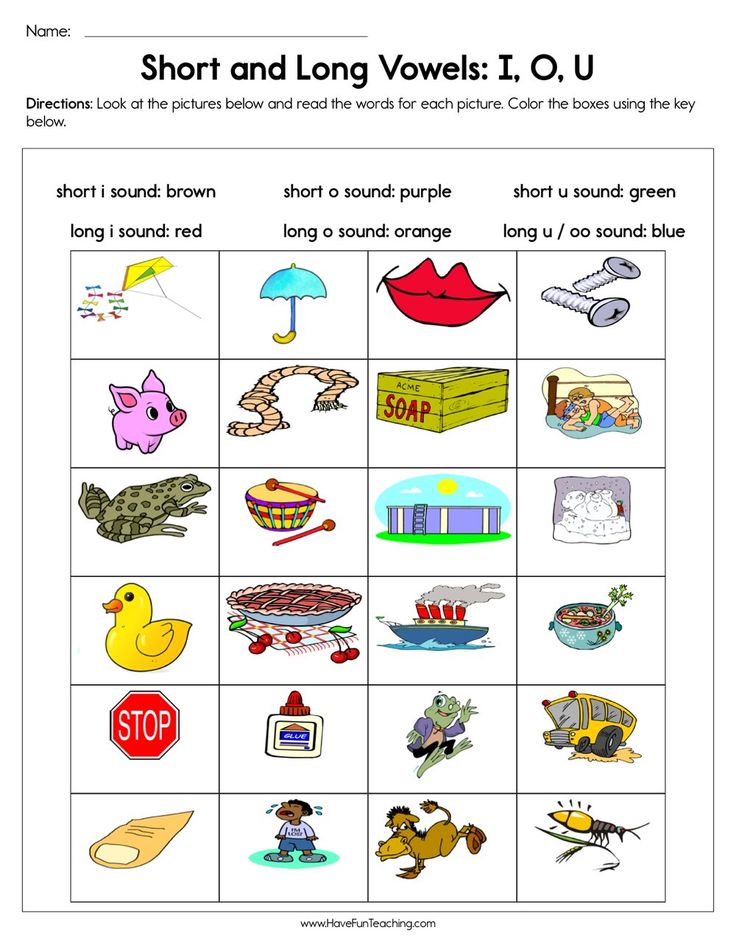 Vowels, like the letter o, can produce at least two sounds: the short vowel sound and the long vowel sound.
Vowels, like the letter o, can produce at least two sounds: the short vowel sound and the long vowel sound.
The short o makes the vowel sound of o, as in cop, flop, bop, and shop. The long o makes the sound of the name of the vowel as in cope, mope, tote, and show. The letter o also has an alternative short sound that sounds like a short u sound as in son, done, come, and love.
There are rules you can teach to help students determine which sound the vowel should make in a particular word:
- If a word only has one syllable and the vowel comes at the beginning, it will make the short vowel sound as in on and ox.
- If the vowel is the only vowel and it falls between consonants, it will typically make a short vowel sounds as in pop and hot.
- When a word ends in a silent e, the vowel in the middle will be long as in rope and scope.
- When a word contains a pair of vowels, or a vowel diagraph, the first vowel will make its long sound, the second vowel is silent as in coat.
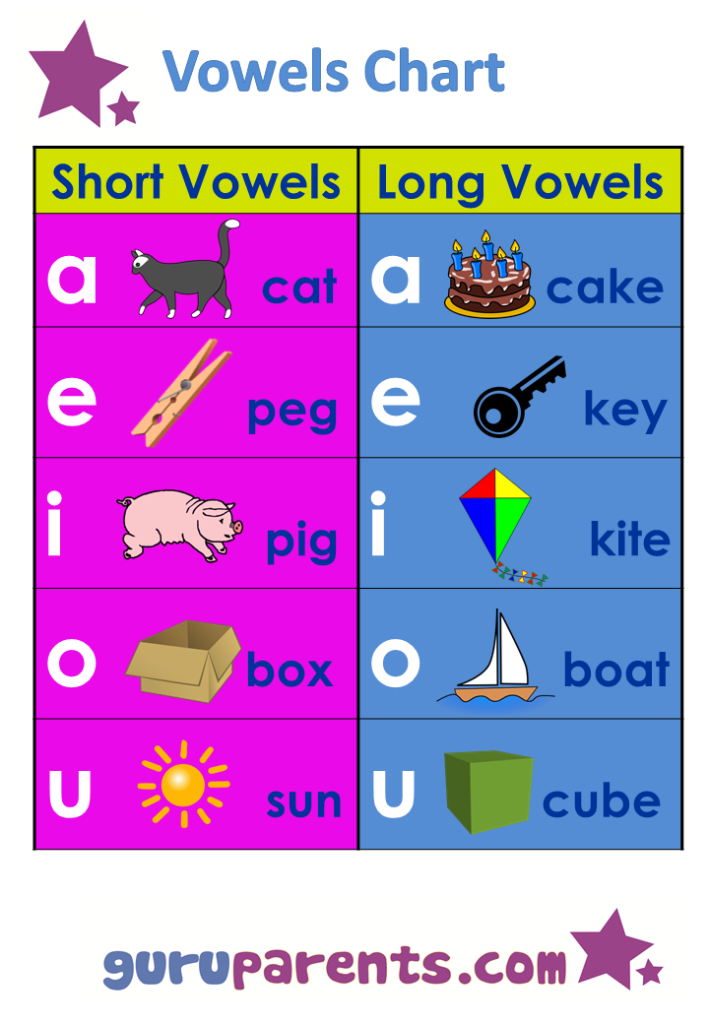
Using the resources provided by Education.com above can help student understand the unique rules associated with long and short o sounds.
Long and short vowels in English
Longitude is one of the characteristics of a vowel sound, which shows the relative duration of its sound compared to other sounds.
Longitude can be positional and phonemic. In the first case, the duration of the vowel depends on the position in the word and stress, while this characteristic does not affect the meaning. The phonemic length of a vowel has a semantic function, that is, depending on the length of the sound, the meaning of the word changes.
Length of vowel sounds in English
In Russian, the length of vowel sounds does not affect the meaning of words and changes only depending on stress. In English, vowels differ not only in positional but also in phonemic length. This means that long and short sounds, similar in other characteristics, represent different phonemes.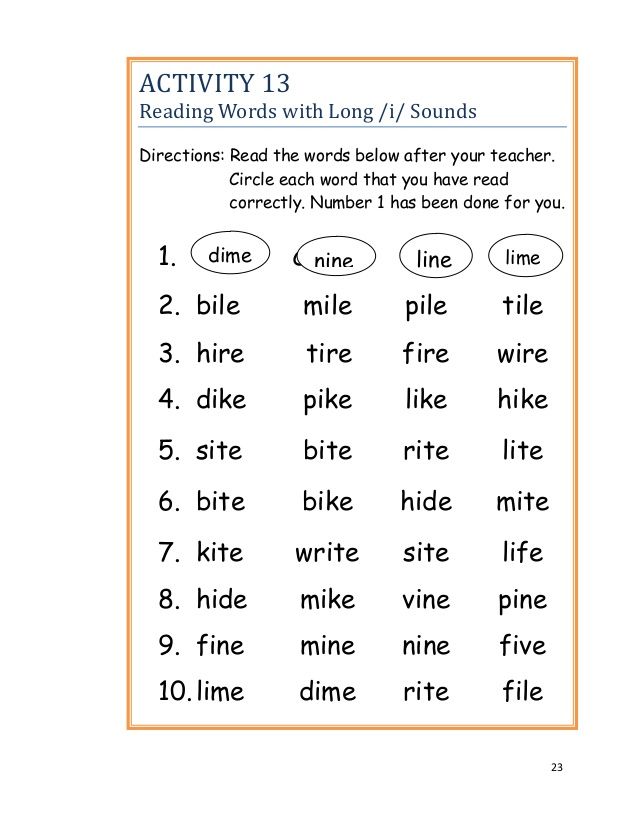 Words that differ only in these phonemes have different meanings: ship - sheep , fit - feet , pull - pool . Therefore, it is so important to pronounce long and short sounds correctly.
Words that differ only in these phonemes have different meanings: ship - sheep , fit - feet , pull - pool . Therefore, it is so important to pronounce long and short sounds correctly.
In transcription, long vowels are indicated with a colon: [i:], [α:], [ɔ:], [u:], [ә:]. In some cases, long vowels in an unstressed position are reduced and become semi-long, which in transcription is indicated by one dot from above: [α ].
The long vowels listed above are opposed to short vowels, forming the following pairs in English:
- [i:] - [ı]
- [uː] - [u]
- [ɔ:] - [ɒ]
- [α:] - [ʌ]
- [ә:] - [ə]
The pronunciation of long and short English vowels often causes difficulties for Russian learners of English, since in Russian vowels do not have phonemic longitude, and we are not used to distinguishing the length of a vowel sound by ear. We often do not hear the difference between long and short vowels when listening to English speech.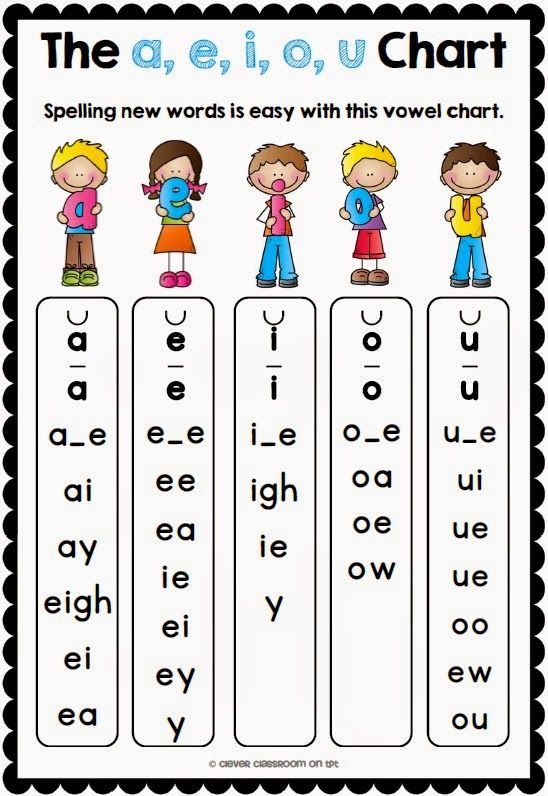 It is still not clear how long you need to draw a sound when speaking, so very unnatural, or almost inaudible, or too long vowels are obtained. It is impossible to correctly pronounce short and long sounds so that a native speaker hears the difference, even if you diligently shorten short vowels and stretch out long ones.
It is still not clear how long you need to draw a sound when speaking, so very unnatural, or almost inaudible, or too long vowels are obtained. It is impossible to correctly pronounce short and long sounds so that a native speaker hears the difference, even if you diligently shorten short vowels and stretch out long ones.
Sometimes it seems that native speakers themselves do not know the difference between short and long sounds, they seem to pronounce them the same way - but they themselves understand each other. But it's not. Let's see what are the differences between long and short English vowels, how to learn to hear them and how to train their pronunciation.
Differences between long and short English sounds
It is logical to assume that if vowels are called long or short, they differ in sound length. This is the main difference between them, but not the only one. It is important to understand that long and short sounds have other differences, which consist in articulatory features. This means that the sounds are not just of different lengths, they are also different in sound. And most often it is these articulatory features that determine the length of the vowel sound: the duration of the sound depends on the position of the tongue and the tension of the vocal apparatus.
This means that the sounds are not just of different lengths, they are also different in sound. And most often it is these articulatory features that determine the length of the vowel sound: the duration of the sound depends on the position of the tongue and the tension of the vocal apparatus.
Long and short English vowels differ in such a characteristic as tension. Long vowels are tense, in English they are also called tense . When they are pronounced, the root of the tongue seems to be tense, under tension. The sound is pronounced, bright, rich, clear.
Short vowels are called lax – relaxed. The tongue in the region of the root is relaxed, the vowel sound is articulated quickly, easily, without additional effort, as if bursting. It turns out short, inconspicuous, faded and fuzzy.
Qualitative differences in sounds in different pairs of English vowels range from pronounced to almost imperceptible. It is easy to notice the difference between long and short sounds a: pay attention to how the words cart and cut are pronounced, they differ not only in duration, but also in sound.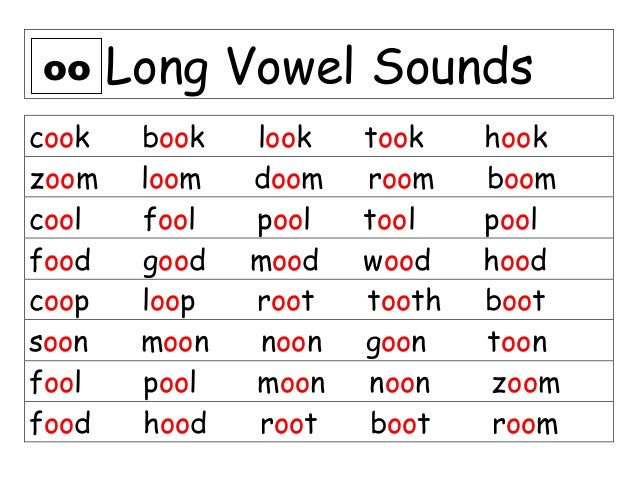 But the differences between long and short u are almost imperceptible: pool and pull sound very similar, only slightly different in length. The Scots generally pronounce them the same way, differing only in context.
But the differences between long and short u are almost imperceptible: pool and pull sound very similar, only slightly different in length. The Scots generally pronounce them the same way, differing only in context.
In addition, the duration of the pronunciation of vowels is also affected by positional longitude - for example, stressed or unstressed position in a word. As a result, a short vowel sound in one word may sound longer than a long sound in another word.
Thus, it is not enough to rely only on the subjective duration of a vowel sound. All the features of short and long vowels described above must be taken into account when learning English. It remains to understand how to master the pronunciation of long and short sounds in practice.
How to learn to pronounce long and short English vowels
The main mistake foreigners make when pronouncing long and short English sounds is focusing only on duration. But with this approach, it is intuitively incomprehensible where the boundary between a long and a short sound passes: you can’t measure the length of a sound with a stopwatch. When trying to artificially lengthen or shorten a vowel, the sounds are unnaturally short or drawn out.
When trying to artificially lengthen or shorten a vowel, the sounds are unnaturally short or drawn out.
To learn how to pronounce long and short English sounds, you need to forget about the usual terminology "long" and "short". Try not to think about the duration of the sound at all. To correctly pronounce long and short vowels, you need to focus on their articulation, and not on duration. If we correctly reproduce the pronunciation of the vowel, then the duration will turn out to be correct automatically. Remember that long vowels require more tension at the root of the tongue, while short ones are pronounced without additional effort, easily and without tension.
Pay attention to how native speakers pronounce vowels - don't watch how long they draw them out, but watch the pronunciation, the articulation, the quality of the sound. Repeat, imitate, practice. For practice, it is best to use video lessons or a conversation with a native speaker, since audio materials do not make it possible to see articulation.
It is best to train long and short sounds not separately, but as part of words. First, this way you will note the influence of positional longitude on the duration of the sound in specific examples. Secondly, just as words are best learned in context, sounds are also best learned in the environment.
Practice pronunciation of long and short vowels in pairs of words to notice the difference between sounds, for example:
- Sport – hot
- Arm-cut
- See-hit
- Food-put
- Fur – ago
When you learn how to pronounce long and short vowels correctly in English, it will become easy to distinguish between them in speech. When listening to speech, forget about the differences in duration, pay attention to the qualitative differences in sounds - how intensely the vowel is pronounced, how bright or faded it sounds, how pairs of sounds differ from each other, except for duration.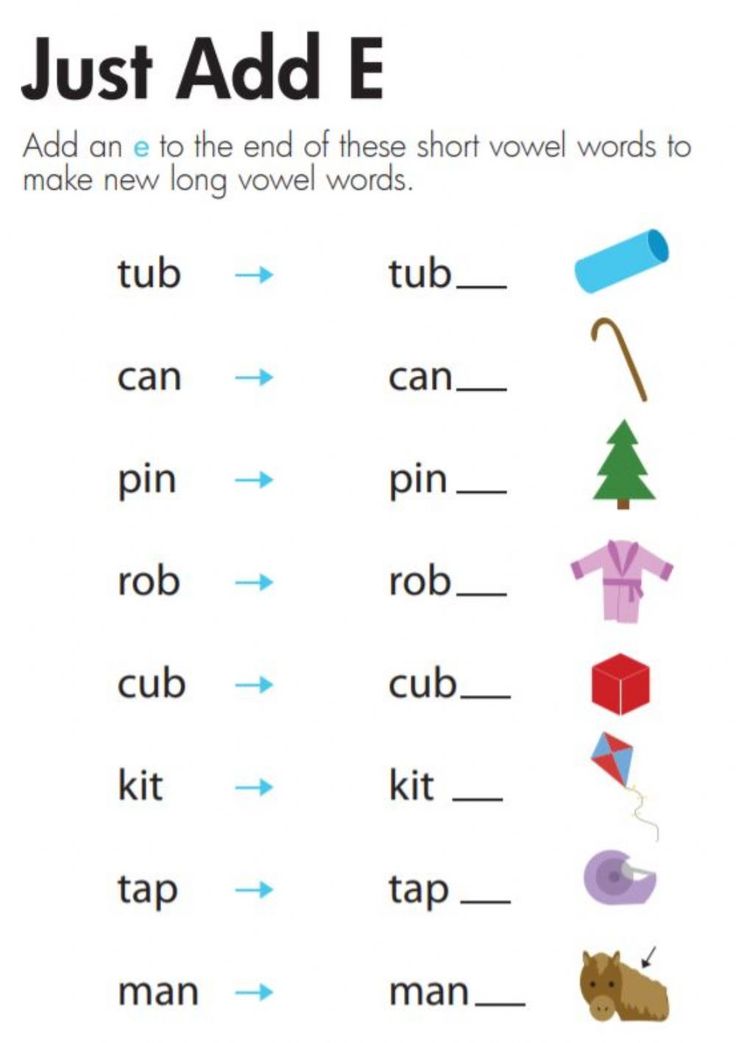
13. Long and short vowels and consonants. Theories of the syllable.
Longitude- the length of the given sound with its quantity in time. Long and short vowels found in Russian speech in different phonetic terms: in the form plural n. "Siberians" vowel \ and / of the first two unstressed in 3 times shorter than the shock; under stress Russian vowels i. do not differ duration. Many vowel system I. distinguishes vowel length, forming pairs of vowels in duration. In English 6 short, 5 long and 1 semi-long. explosive consonants and affricates are instantaneous sounds, they cannot be “pulled”, and vowels fricatives and all sonorants (stop-slits) are long-term, they can be pulled. However, there are also long explosive, and affricates, where longitude is obtained for opening delay count on exposure: "because, because". When two identical consonants or consonants, paired for deafness / sonority, at the junction morphemes or words in most cases a long consonant is pronounced denoted in transcription by two dots.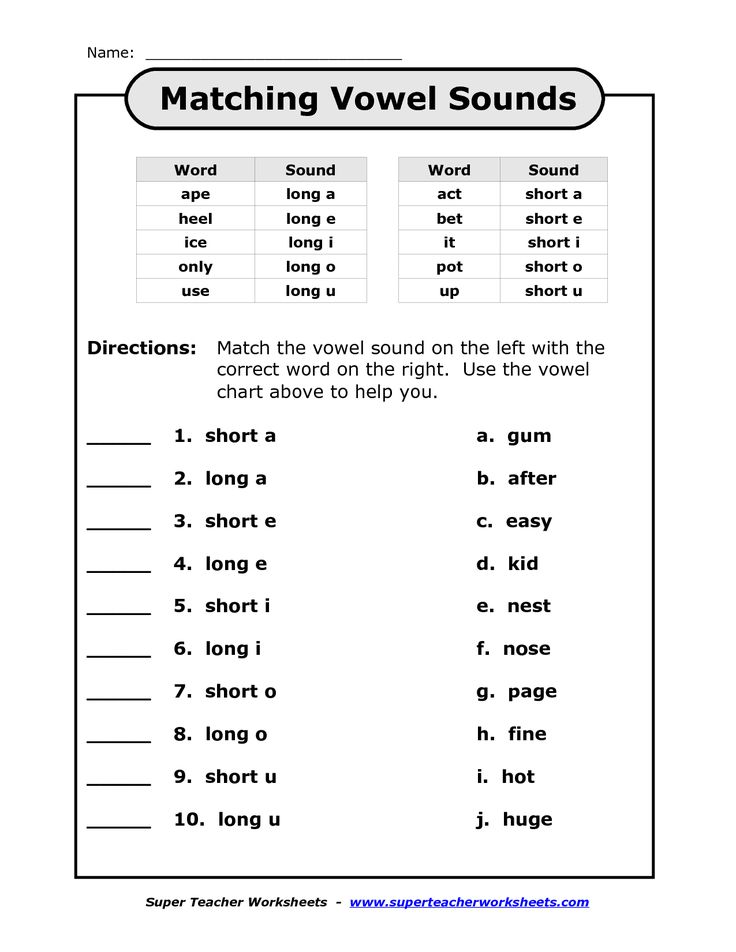 Long (double) consonants in Russian can also be formed as a result of the loss of sounds in certain types of consonant combinations sounds (with a confluence of consonants). Syllable - the smallest unit of pronunciation of sounds speech, uniting in its structure one or more sounds to which You can separate your speech with pauses. Word in speech is divided not into sounds, but into syllables. In speech, they are recognized and pronounced precisely syllables. Expiratory theory: the syllable is created by one moment of exhalation, push of exhaled air. How syllables in a word, tremble so many times the flame of a candle when pronouncing a word; sonorous syllable theory as a combination of a more sonorous element with less sonorous; muscular theory - a syllable as a segment of sound, uttered by a single muscular impulse tension of the pronunciation apparatus; Articulatory acoustic - syllable as minimal pronunciation unit of speech, the elements of which are closely interconnected, both acoustically, and articulatory.
Long (double) consonants in Russian can also be formed as a result of the loss of sounds in certain types of consonant combinations sounds (with a confluence of consonants). Syllable - the smallest unit of pronunciation of sounds speech, uniting in its structure one or more sounds to which You can separate your speech with pauses. Word in speech is divided not into sounds, but into syllables. In speech, they are recognized and pronounced precisely syllables. Expiratory theory: the syllable is created by one moment of exhalation, push of exhaled air. How syllables in a word, tremble so many times the flame of a candle when pronouncing a word; sonorous syllable theory as a combination of a more sonorous element with less sonorous; muscular theory - a syllable as a segment of sound, uttered by a single muscular impulse tension of the pronunciation apparatus; Articulatory acoustic - syllable as minimal pronunciation unit of speech, the elements of which are closely interconnected, both acoustically, and articulatory.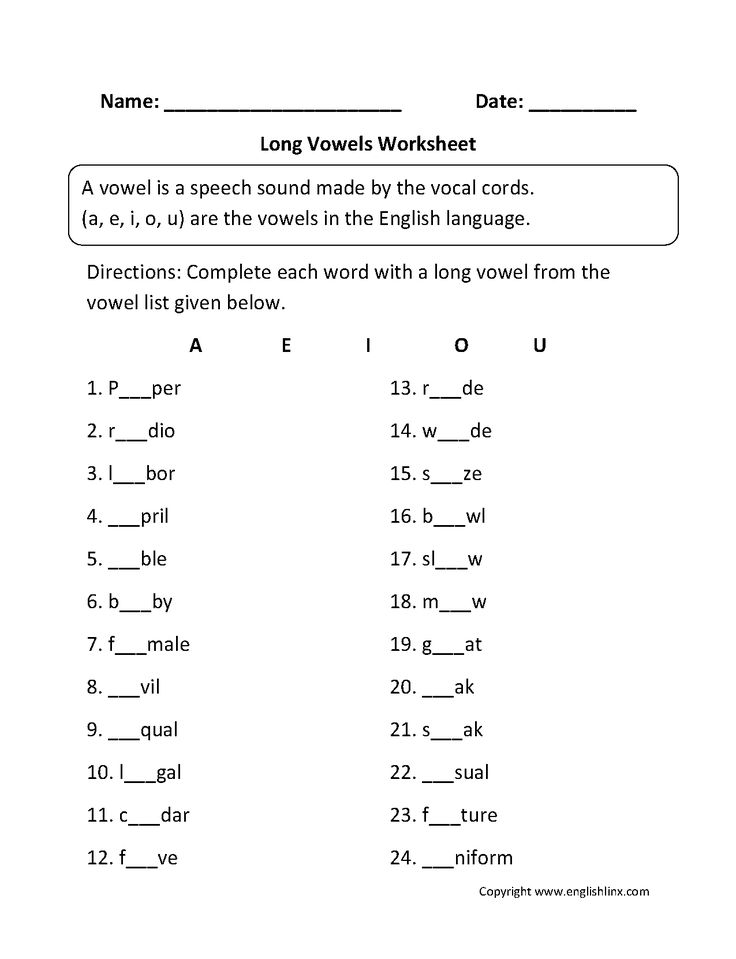 The syllables are divided into • open (end with syllabic vowels) • closed (end non-syllabic consonants) • semi-open (end sonorant consonants) • uncovered (begin vowel) • covered (begin with a consonant)
The syllables are divided into • open (end with syllabic vowels) • closed (end non-syllabic consonants) • semi-open (end sonorant consonants) • uncovered (begin vowel) • covered (begin with a consonant)
Speech phonetically represents a sound stream or chain of sounds. This chain breaks down into subordinate units which are special, purely phonetic units i., following one after another in time. • PHRASE is the largest phonetic unit representing a complete sentence, united by a special intonation structure and separated from other phrases pauses. • BEAT - part of a phrase (2 or several syllables), limited by pauses, united by one accent and intonation incompleteness. The beat can be word and combine the words into one single rhythm melodic group. clocked articulation underlies the accent verse. • Phonetic WORD - part speech tact, united by one accent; insignificant words, having their own stress, adjoin front or back to significant word, forming with it one phonetic word. • syllable - part of a phonetic word, consisting of one or more sounds combined into a phonetic whole. Syllables are the smallest units to which the speaking person can break your speech. syllables delimited by syllables. Syllabic sounds are called allowing maximum vocal energy. These are usually sonorous consonants and vowels. Sounds with a minimum of vocal energy, surrounding syllable-forming sound - usually noisy consonants. However, in others I there are syllables in which there is more than one vowel. Diphthong- combination of two vowels within a syllable, and one vowel will be syllabic, the other is non-syllable. The syllable will be the one vowel that has more duration and on which it can fall accent, although the latter is optional, because they may occur in unstressed syllables. If the first vowel in a diphthong syllabic, then this is a descending diphthong, if the second, then it is ascending. In English. I. 8 diphthongs. Digraph, digram, diagram, double, two-digit a letter is a compound written sign, consisting of two letters and used to designate phonemes and their main options.
Syllables are the smallest units to which the speaking person can break your speech. syllables delimited by syllables. Syllabic sounds are called allowing maximum vocal energy. These are usually sonorous consonants and vowels. Sounds with a minimum of vocal energy, surrounding syllable-forming sound - usually noisy consonants. However, in others I there are syllables in which there is more than one vowel. Diphthong- combination of two vowels within a syllable, and one vowel will be syllabic, the other is non-syllable. The syllable will be the one vowel that has more duration and on which it can fall accent, although the latter is optional, because they may occur in unstressed syllables. If the first vowel in a diphthong syllabic, then this is a descending diphthong, if the second, then it is ascending. In English. I. 8 diphthongs. Digraph, digram, diagram, double, two-digit a letter is a compound written sign, consisting of two letters and used to designate phonemes and their main options.